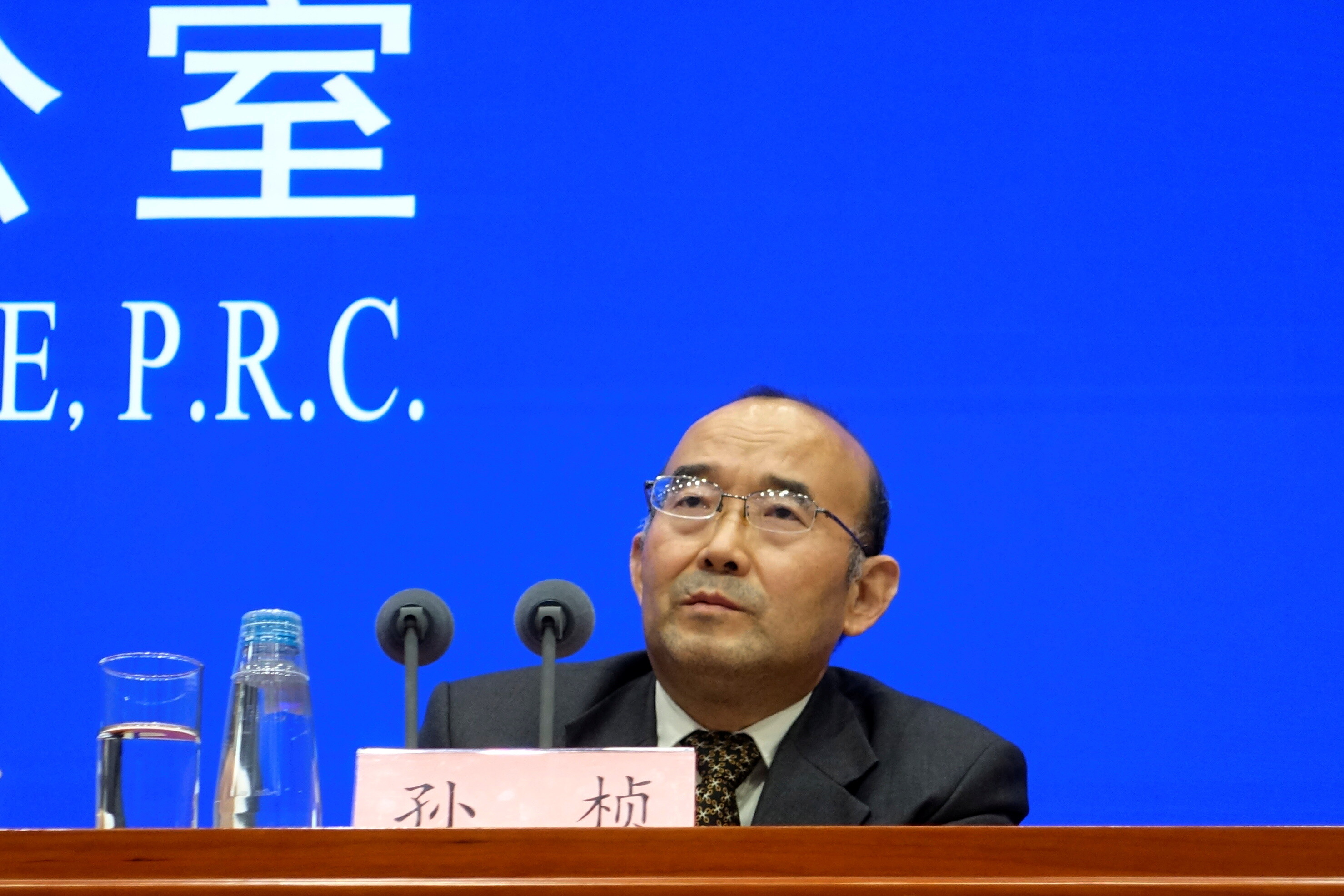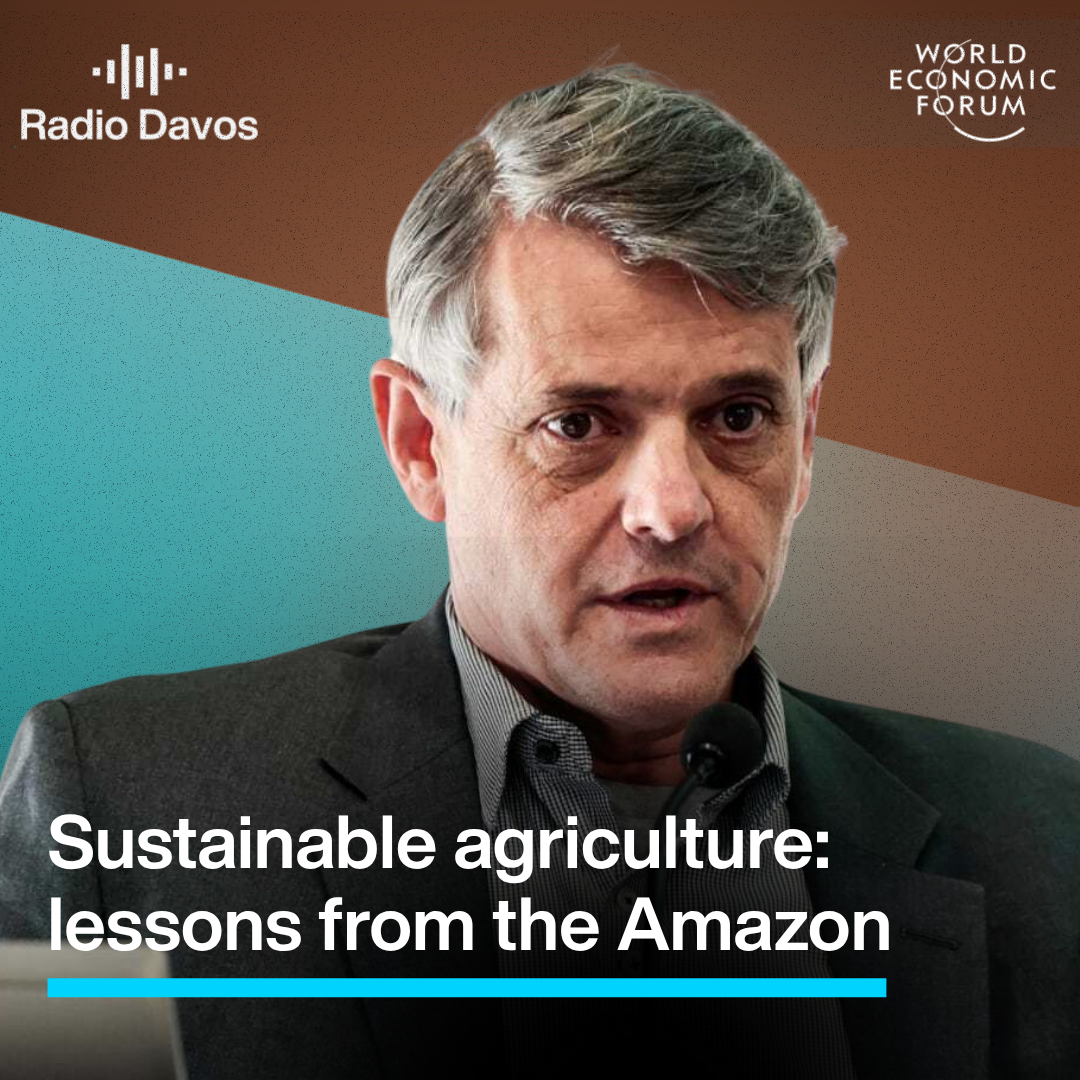Why natural cycles only play a small role in rate of global warming

Natural cycles have long been observed in Earth's climate, but evidence suggests that they only play a small role in the current trend of rapid global warming we are currently experiencing. Image: REUTERS/Lucas Jackson
The role of variability due to natural ocean cycles in global warming is a long-standing debate in climate science.
The scientific community overwhelmingly agrees that human activities are responsible for the observed increase in temperatures for the last half-century. However, the relative influences of natural drivers of climate change – such as volcanic eruptions, ocean cycles, and the sun – on warmer and cooler phases superimposed on the long-term warming trend is still an area of active research.
In a paper published in the Journal of Climate, we find that the combination of human and natural climate forcings – increased atmospheric CO2 and other greenhouse gases, volcanoes, solar activity and aerosols – can explain virtually all of the long-term change in the temperature record over the past 150 years.
While year-to-year ups and downs are related to the El Niño-Southern Oscillation (ENSO) phenomenon, we find that variability due to slow-acting ocean cycles is not necessary to explain the longer-term changes in the historical temperature record.
Model matches observed warming
The “early warming period” between 1915 and 1945 has long been a challenge for scientists to explain. Prior studies have suggested that about half the observed warming during this period is attributable to factors that are “external” to the climate – such as human-caused greenhouse gas emissions, volcanic eruptions and variability in the sun’s output. The remaining half are attributed to “internal” factors – natural fluctuations within the climate system itself. This has led to suggestions that there may be long-term ocean cycles operating over 60- to 70-year periods which influence global temperatures. They are commonly associated with the Atlantic Multidecadal Variability index (AMV).
Our findings challenge this prevailing view. We find that virtually all of the observed changes in global average temperatures over the past 170 years are caused by external drivers, leaving little room for an “unforced” internal ocean contribution. This means that ocean cycles on timescales of 60-70 years are unlikely to be a factor in the observed evolution of global temperatures since 1850. Instead, external factors, such as periods of strong volcanic activity and the release of aerosol particles (air pollution), have caused temperatures to fluctuate.
To determine the effects of external drivers on global temperatures, we used a “two-box impulse response model”, which transfers the forcing estimate into an associated temperature response. This allows us to include both fast and slow climate responses to the different drivers, and reflects the role that the ocean plays in buffering the rate of warming observed.
The figure below shows observed global temperatures (in black) compared to the model using climate forcings (yellow) and climate forcings that include ENSO conditions (light blue).
Global surface temperatures from observations (Cowtan/Way land temperature data combined with HadISST2 sea surface temperature data over ocean, in black) and model results for forcings-only (yellow) and forcings plus ENSO (light blue). The temperature anomalies are expressed relative to 1850-1879. Based on Figure 5 in Haustein et al 2019. Chart by CarbonBrief using Highcharts.
In our model, virtually all (97-98%) of the long-term changes in temperature can be explained by external forcing. This approach uses a more precise description of the anthropogenic aerosol feedback processes (warming effect of black-carbon pollution and cooling effect of sulphate particles from industrial combustion) and removes biases in sea surface temperature (SST) records caused by a change in the way measurements were taken around the second world war. However, even without these updated forcings and observational estimates, this approach captures a substantial portion of the variability in global temperature.
The model effectively matches temperatures over both land and ocean. The figure below shows model results for land (orange) compared to land temperature observations (red), as well as similar values for sea surface temperatures (dark blue for observations, light blue for model results).
Global land and ocean surface temperatures from observations and model results for forcings plus ENSO (light blue). The temperature anomalies are expressed relative to 1850-1879; ocean temperatures have been offset by -0.3C to avoid overlap. Chart by CarbonBrief using Highcharts.
Different components of warming
The model also allows us to attribute temperature changes to different forcings. The figure below shows a breakdown of the different factors contributing to global surface temperatures, including human forcings (greenhouse gases and aerosols), natural forcings (volcanoes and solar) and short-term variations due to ENSO. The black dots show the observed temperature record and the grey line shows the model simulation that incorporates all the different drivers.
Global surface temperatures from observations (black) and model results for all factors (grey), greenhouse gases (red), aerosols (dark blue), natural forcings (light blue) and the short-term variability due to ENSO (yellow). The temperature anomalies are expressed relative to 1850-1879. Chart by CarbonBrief using Highcharts.
These are quite similar to the figures previously published by Carbon Brief in an article about why scientists think around 100% of observed warming is due to humans, as the model used in that analysis was an earlier version of the one featured in our new paper.
Comparisons to palaeoclimate changes
In addition to comparisons with observed temperatures between 1850 and present, we can extend the model into the more distant past – back to the year 1500 – using estimates of past climate forcings. The results can be compared to temperature reconstructions based on climate “proxies”, which are climate records derived from sources such as tree rings, ice cores and ocean sediments.
The figure below shows the results when we extend the model back to 1500 (in red), compared both to a palaeoclimate reanalysis dataset (NTrend2015 – in the bold orange line) and individual proxy records (orange). Temperatures for the Northern Hemisphere are shown, as that is where a large number of palaeoclimate temperature reconstructions are available.
Northern Hemisphere surface temperatures from observations (black) and model results for all factors (grey), along with seven different proxy-based paleoclimate estimates. Chart by CarbonBrief using Highcharts.
During that period from 1500 to present, the model captures most of the multidecadal variability present in the proxy data. This improves our confidence that there are not large sources of internal variability missing from the model – at least over the past 500 years or so.
Future warming
While the climate system continues to be influenced by short-term natural variability from El Niño and La Niña events, the idea that oceans have been driving the climate into colder or warmer periods for multiple decades in the past – and that they may do so in the future – is unlikely to be correct.
Most of the complex global climate models strongly support the hypothesis that oceans have only limited ability to alter global temperatures on multidecadal timescales. This study provides a support for those model results.
This means that we can expect future warming to be primarily driven by external forcing factors – such as human-caused greenhouse gas emissions – along with the variability associated with ENSO.
There are still some differences between past complex climate model simulations and observations. However, we suggest that these models should use an earlier model start date that includes strong volcanic eruptions in the early 1800s – which are still impacting global temperatures in the mid-to-late 1800s and likely even longer – which in turn would help improve the agreement between the two. Updated climate forcings – which are being included in the upcoming CMIP6 modelling project – will also help resolve some of the historical disagreements.
Don't miss any update on this topic
Create a free account and access your personalized content collection with our latest publications and analyses.
License and Republishing
World Economic Forum articles may be republished in accordance with the Creative Commons Attribution-NonCommercial-NoDerivatives 4.0 International Public License, and in accordance with our Terms of Use.
The views expressed in this article are those of the author alone and not the World Economic Forum.
Stay up to date:
Future of the Environment
Related topics:
Forum Stories newsletter
Bringing you weekly curated insights and analysis on the global issues that matter.
More on Climate Action and Waste Reduction See all
Planet in focus: The technologies helping restore balance – and other news to watch in frontier tech
Jeremy Jurgens
November 13, 2025






